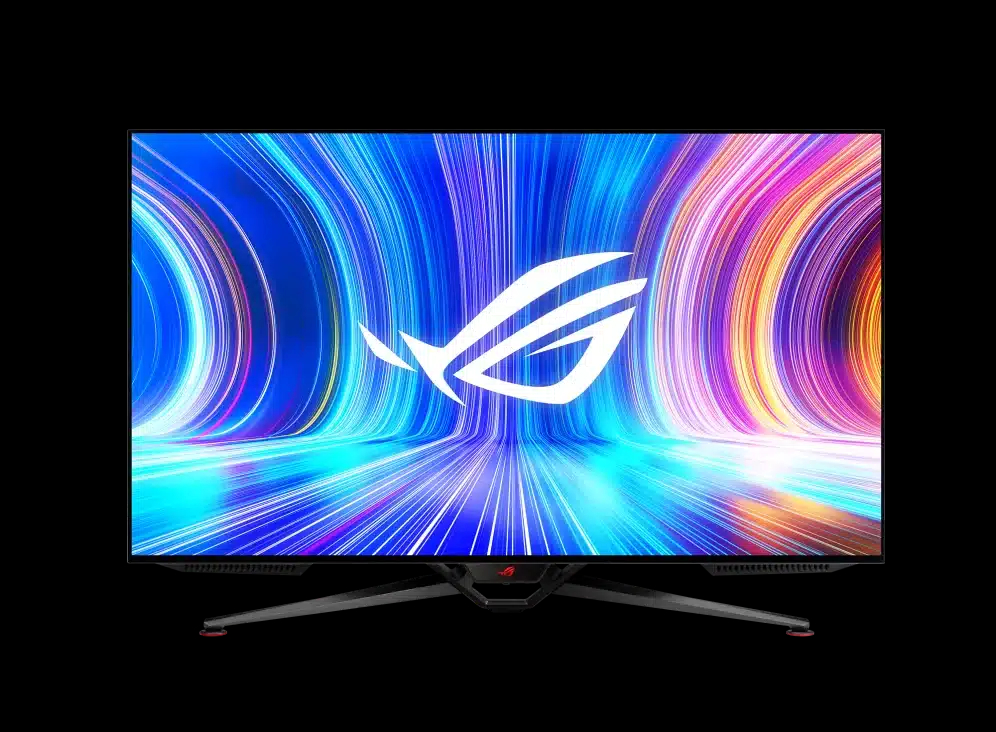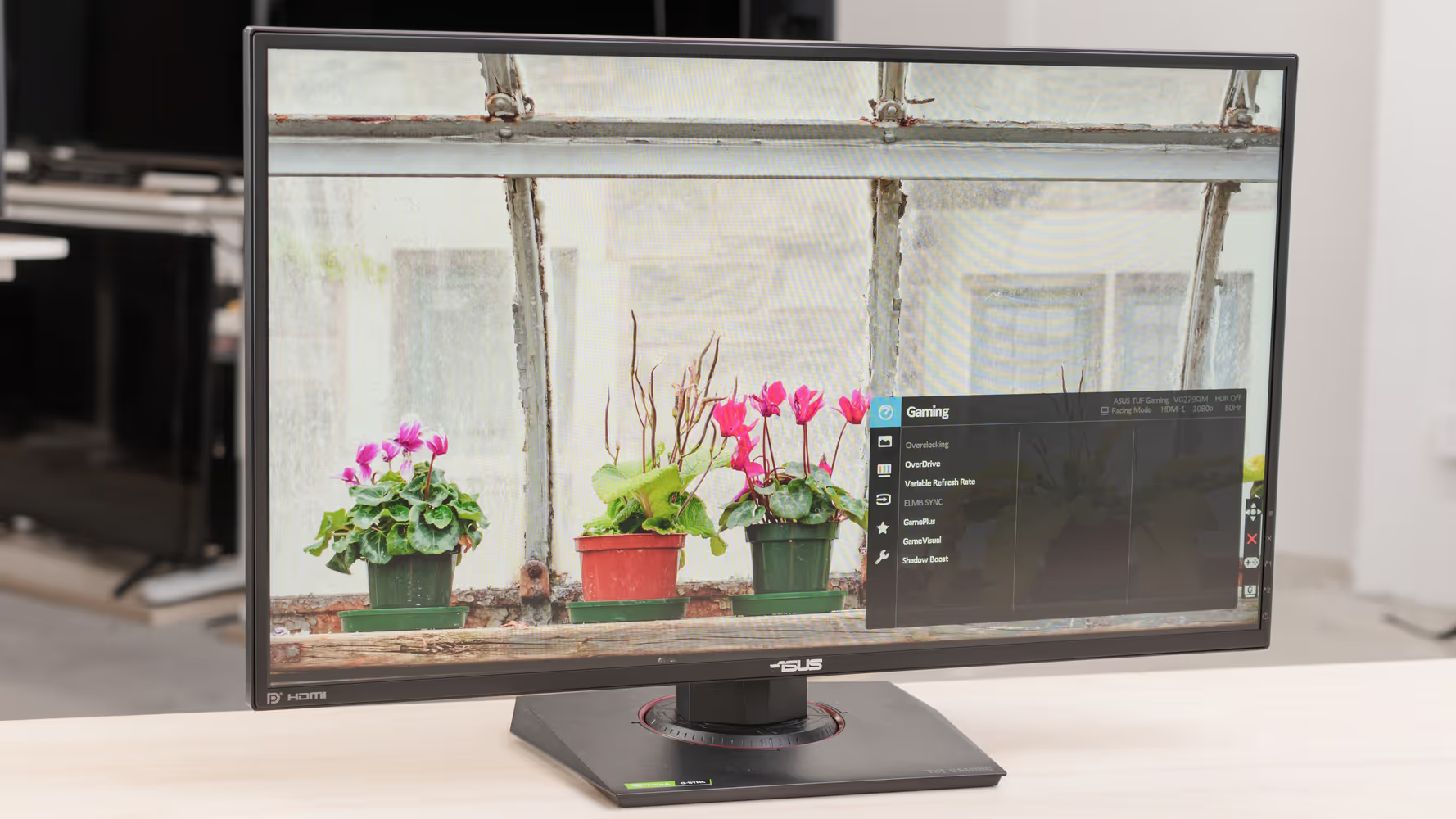Encountering an ASUS monitor that won’t turn on can be frustrating, especially if you rely on it daily for work or gaming. Before you consider a costly repair or replacement, there are several troubleshooting steps you can take to potentially resolve the issue on your own. In this guide, we will cover how to methodically troubleshoot and fix an ASUS monitor that’s not powering up.
Starting with the Basics: Power and Connections
Check All Cables and Outlets
One of the most common reasons for a monitor not turning on is an issue with the power source or connection cables. Ensure that the power cable is securely plugged into both the monitor and the power outlet. Try using different power cables or outlets to eliminate them as the root of the problem.
Examine the Power Button and Indicator Lights
Inspect the power button on your ASUS monitor; sometimes, the problem might be as simple as a stuck button. Also, observe any indicator lights on the monitor. If they are blinking or show a certain color, refer to the ASUS manual, as this could be a diagnostic code pointing to the problem.

Updating and Reinstalling Drivers
Use Another Monitor to Update Drivers
If your monitor isn’t turning on, try connecting your system to a different display. This allows you to check if your ASUS monitor’s issue is driver-related. Go to the ASUS website, download the latest drivers for your monitor model, and install them to see if this fixes the issue.
Reinstall Monitor Drivers
At times, drivers can become corrupted and may need reinstalling. In the second monitor, go to the Device Manager in Windows, find your ASUS monitor in the ‘Monitors’ section, right-click, and choose ‘Uninstall device’. After uninstalling the drivers, reboot your computer, and Windows should automatically reinstall the drivers.

Advanced Display Settings: BIOS and Graphics Card
Check BIOS Settings
If your ASUS monitor isn’t responding, there could be an issue with your system’s BIOS settings. Access your BIOS during system startup by pressing the appropriate key (often F2, DEL, or ESC) and verify that your display output settings are correct. Ensure that the BIOS is not set to an output mode that is incompatible with your monitor.
Inspect the Graphics Card
A faulty graphics card (GPU) can stop monitors from turning on. Open your computer’s case and make sure that the GPU is firmly seated in its slot. If you have another GPU or onboard graphics available, try switching to that output to see whether the monitor works. This can help you confirm whether the GPU is the issue.

Seeking Professional Help: Service and Support
Contact ASUS Support
If the self-troubleshooting steps do not resolve the problem, it might be time to reach out to ASUS for support. Their customer service team can offer additional assistance and inform you about warranty coverage or repair service options available for your monitor.
Bringing Your Monitor to a Professional
In some cases, the issue may be beyond simple troubleshooting and might require expert attention. Consider taking your ASUS monitor to a professional technician who can conduct more thorough diagnostics and repairs. If your monitor is still under warranty, ensure you use a certified ASUS repair center to avoid voiding your coverage.

Ensuring Proper Power Supply
Verify Power Supply and Voltage
Monitors require the correct voltage to operate. Look at the power adapter to confirm that it matches the voltage your ASUS monitor needs. Using an incorrect power adapter can prevent the monitor from turning on. If you’ve recently moved to a new country or region, the voltage supply might differ, and you may need a compatible power adapter or a voltage converter.
Inspect Power Adapter for Damage
Power adapters can become damaged over time due to wear and tear or power surges. Examine the cable and adapter for any signs of damage, fraying, or dents. If you find any physical damage, replace the power adapter with an ASUS-certified one to avoid further electrical issues or safety hazards.

Performing a Power Cycle
Disconnect and Drain Residual Power
A power cycle can resolve many electronic issues by draining any residual power left in the monitor’s circuits. To perform this, unplug your monitor from the power source, and then press and hold the power button on the monitor for about 30 seconds to a minute. After waiting a few moments, re-connect the power cable and attempt to turn on the monitor.
Remove Peripherals During Power Cycle
Sometimes, peripheral devices connected to your monitor could cause startup issues. Disconnect all devices, including USB connections, external drives, and additional monitors. Once you have isolated the ASUS monitor, perform the power cycle steps as described and see if it resolves the power-on issue.
Ensuring Optimal Performance
Seek Firmware Updates for Your Monitor
Firmware updates can offer enhancements, bug fixes, and additional functionalities to your monitor. If accessible on a secondary screen, download any firmware updates available for your ASUS monitor from the official ASUS support website. Follow the provided instructions precisely to update the firmware, as an incorrect process can cause additional problems.
Critical Steps in Firmware Installation
During a firmware update, ensure that your ASUS monitor remains connected to power throughout the entire process. Do not interrupt the update. An incomplete firmware installation can lead to monitor malfunction or failure to turn on. After the update, restart your monitor and verify if the issue is resolved.
An ASUS monitor that won’t turn on can cause inconvenience, but with a systematic approach, you can often find a solution without needing to replace the monitor. Start by checking the most common sources of the problem, such as power connections and buttons, then move on to more complex solutions like driver updates and BIOS or GPU checks. If these efforts fail, professional assistance from ASUS or a trusted repair technician is your next best step. With proper steps and a little patience, you may get your ASUS monitor back up and running in no time. Remember, safety first: if you’re not confident in handling hardware components, it’s always best to turn to professionals.